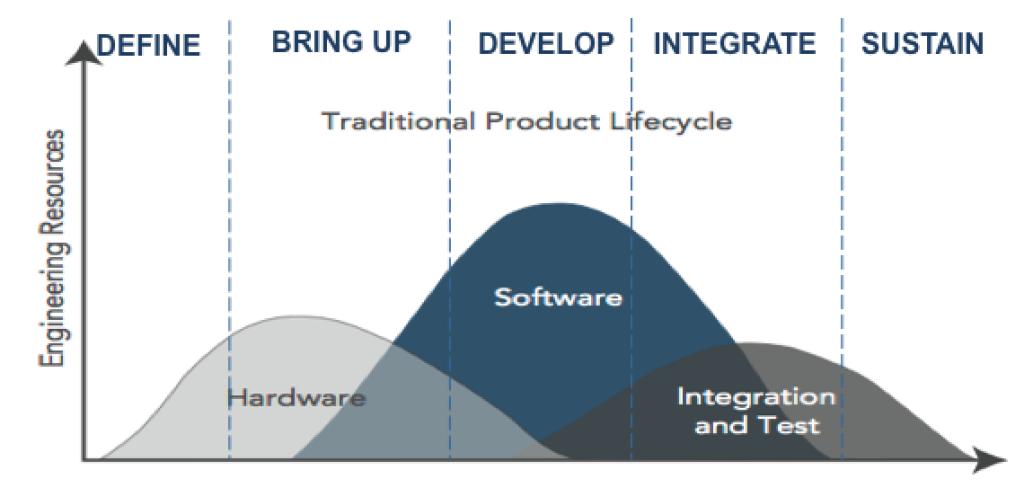
It’s Transformation Time for Embedded Development – Part 2

Every project starts with a vision—a goal for a product that is innovative and competitive. Achieving that vision requires an orchestration of internal and external variables at each phase of development, in a way that maximizes quality, mitigates risk, minimizes complexity, reduces overall cost, and ensures timely completion of the project.

The shift left approach can help you realize your project’s vision. You’ll accelerate key activities within the key phases of embedded system development, by discovering and mitigating risk earlier in the life cycle. “Earlier and more often” is the approach we are proposing. In order to see how this is done, let’s consider some generic phases of the lifecycle to frame the discussion. Note – we’re not advocating strict phase definitions nor processes specifics. Rather, these phases are describing the maturity of the product during its lifecycle.

Define Phase
During the define phase the project vision, candidate architectures, and new technology are documented, analyzed, and explored. This phase might include, for example, resolving issues such as how to provide network connectivity to a medical instrument, how to consolidate multiple services into a single chip, or how to reduce complexity in a transportation safety system.
Bring-up Phase
The initial project vision first materializes during the bring-up phase. The hardware and operating system are booted, with initial configuration and stability as top concerns.
Develop Phase
During the develop phase, the applications that will bring the initial project vision to life are developed.
Integrate Phase
During the integrate phase, the system components are integrated and the system is tested against the initial vision. Risks of delay surface most often during this phase, and power, performance, and footprint become key.
Sustain Phase
During the sustain phase the system is kept working and relevant for end users, in line with the initial vision, through hardware and software updates, in-field diagnostics, training, and support.
Embedded Development Transformation in the Define Phase
Let’s look at the risks at this critical initial product stage and how to mitigate those risks.
Risks
The impact of risks in the define phase is large since early decisions made at this point impact the rest of the project. For example:
- Poor candidate architecture
- Underpowered hardware platform
- Accounting for security requirements
- New technology adoption
Transforming the Define Phase
In the spirit of the shift left transformation risk mitigation is primarily discovering, analyzing and solving risks earlier in the lifecycle. Some of the products and services available to do this include:
- Design, Mentoring, and Thought Leadership – leveraging a vendor’s Wind experience can provide expertise for your architectural decisions at this critical point, including consideration of new and innovative approaches such as full system simulation, system consolidation with multi-core technologies, and platform solution approaches that can accelerate the entire product lifecycle.
- Platform Solutions – Next-generation products can leapfrog from concept to reality using pre-built platform solutions. Using proven platforms on which to base a new product allow development teams to concentrate on differentiating features rather than operating system and middleware development, maintenance, and testing. Platform solutions are the accelerators to really boost development efficiency.
- Full System Simulation – Using traditional hardware-based approaches, it may take system architects weeks, months, or even years to determine optimal system configuration—and they often omit the critical step of performing an analysis using the legacy software, which adds risk to the architectural analysis. Simulation allows developers to answer the fundamental questions much faster by using more “what-if” scenarios.These new custom virtual platforms can be quickly networked together, and real software can be executed and evaluated.
In subsequent posts, I’m going to address each of the other phases, one by one.
For additional information from Wind River, visit us on Facebook.

